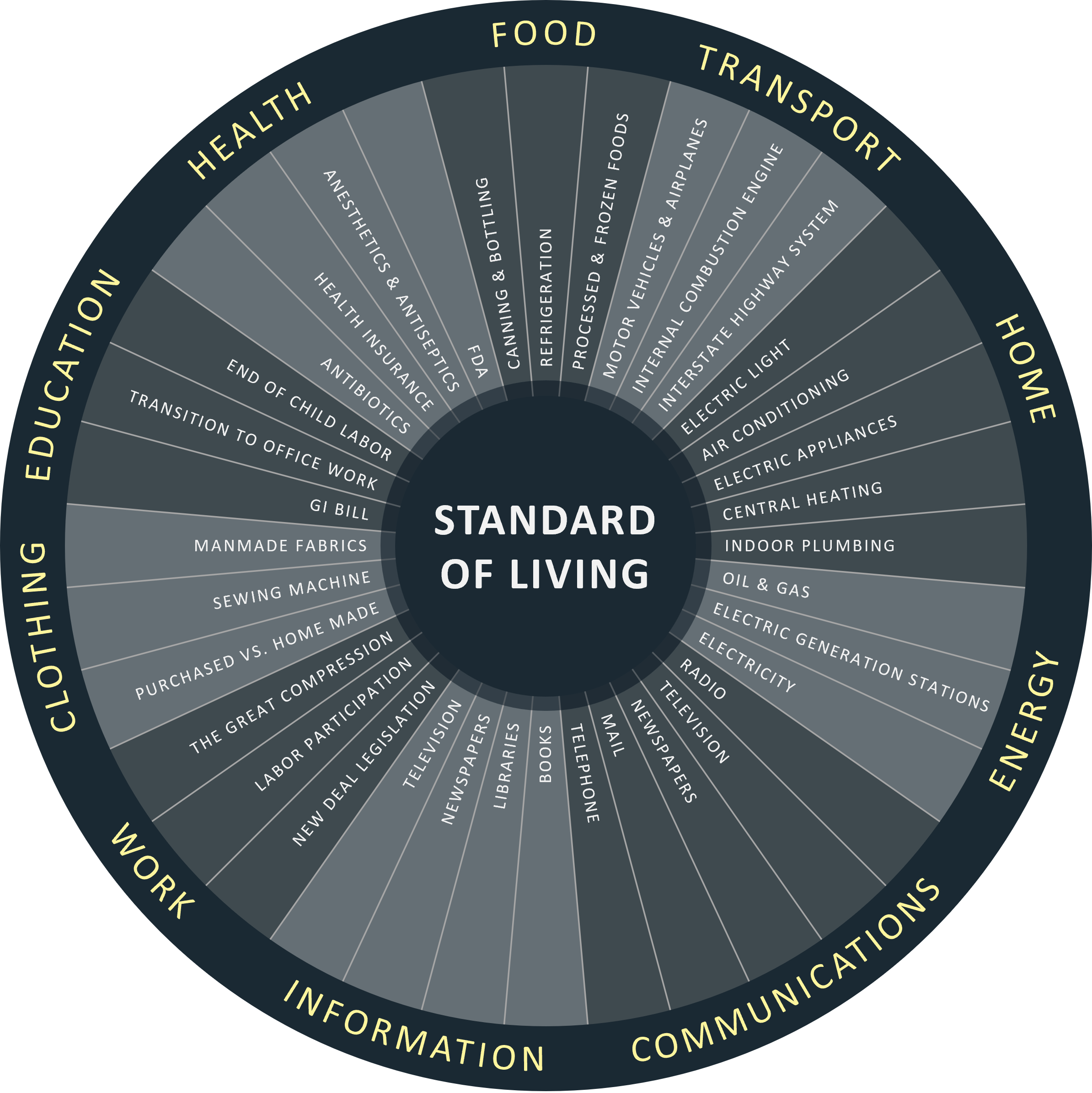UPDATE: THE LINK TO THE ARTICLE IS NO LONGER AVAILABLE
A recent article seeks to dispute the recent negative press that vertical farming has received. Written by Arama Kukutai, the CEO of a company called Plenty, the article explores the headlines that might have you believe vertical farming is on life support, and provides a closer look that reveals a different story. While climate change, population growth, and soil erosion threaten our global food security, vertical farming offers a beacon of hope. This innovative approach to indoor agriculture boasts significantly higher yields than traditional methods, all while using less land and precious water.
Continue reading

